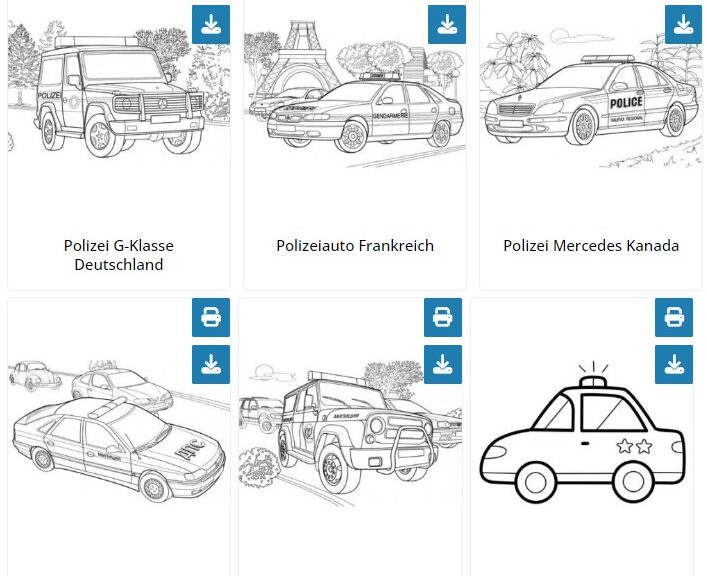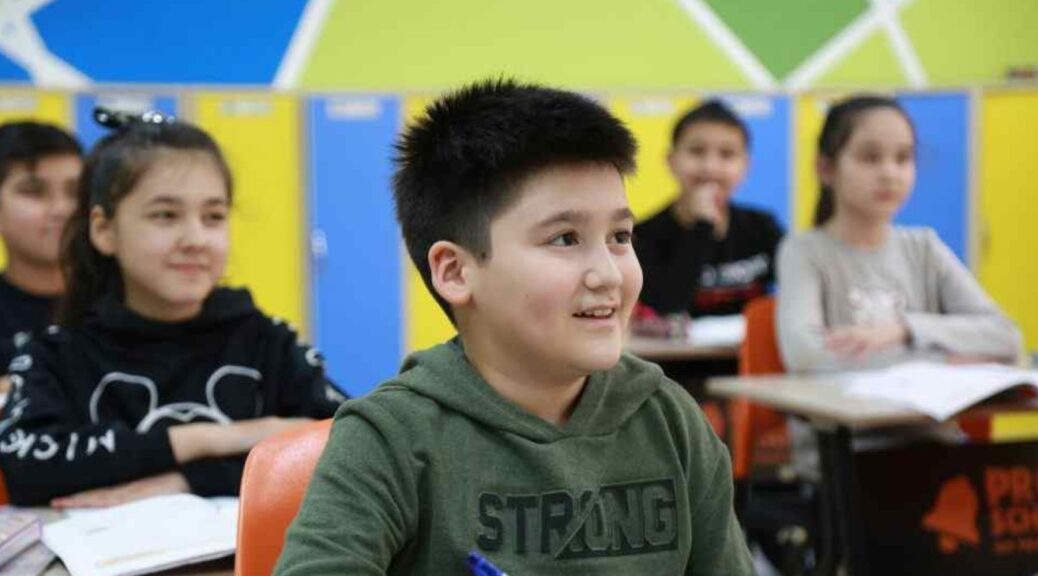Kinder lieben es, kreativ zu sein und ihrer Fantasie freien Lauf zu lassen. Eine der besten Möglichkeiten, dies zu fördern, ist das Ausmalen von Bildern. Besonders beliebt bei Jungen sind Ausmalbilder Polizeiauto für Kinder. Diese bieten nicht nur Spaß, sondern helfen auch dabei, die motorischen Fähigkeiten und die Hand-Auge-Koordination der Kinder zu verbessern.
Warum sind Polizeiauto-Ausmalbilder so beliebt?
Polizeiautos haben eine besondere Anziehungskraft auf Kinder. Die glänzenden Lichter, die sirenenähnlichen Geräusche und die aufregenden Einsätze der Polizei faszinieren viele junge Köpfe. Durch das Ausmalen von Polizeiautos können Kinder in diese aufregende Welt eintauchen und sich wie echte Polizisten fühlen.
Vorteile des Ausmalens für Kinder
- Förderung der Kreativität: Das Ausmalen ermutigt Kinder, ihre eigenen Farbkombinationen zu wählen und kreativ zu sein.
- Verbesserung der Feinmotorik: Das Ausmalen kleiner Details in den Ausmalbildern hilft, die Feinmotorik zu schulen und die Hand-Auge-Koordination zu verbessern.
- Stressabbau: Ausmalen kann eine beruhigende Aktivität sein, die Kindern hilft, sich zu entspannen und Stress abzubauen.
Kostenlos und einfach zugänglich
Unsere Website bietet eine Vielzahl von druckbaren Polizeiauto-Ausmalbildern, die kostenlos heruntergeladen werden können. Es ist einfach, die gewünschten Bilder auszuwählen, auszudrucken und den Kindern zur Verfügung zu stellen. Egal, ob zu Hause, im Kindergarten oder in der Schule – unsere Ausmalbilder sind immer ein Hit.
Vielfältige Motive
Wir bieten eine breite Palette von Motiven, die sicherstellen, dass für jedes Kind etwas dabei ist. Von klassischen Polizeiautos über moderne Einsatzfahrzeuge bis hin zu fantasievollen Darstellungen – die Auswahl ist groß. Jedes Bild ist darauf ausgelegt, die Fantasie der Kinder zu beflügeln und ihnen stundenlangen Ausmalspaß zu bieten.
So holen Sie das Beste aus den Ausmalbildern heraus
- Farbauswahl: Lassen Sie Ihr Kind verschiedene Farben ausprobieren und ermutigen Sie es, auch unkonventionelle Farbpaletten zu verwenden.
- Geschichten erzählen: Nutzen Sie die Ausmalbilder, um Geschichten rund um die Polizei und ihre Abenteuer zu erzählen. Dies kann die Sprachentwicklung und das Verständnis der Kinder fördern.
- Ausstellungsbereich: Schaffen Sie einen speziellen Platz, um die Kunstwerke Ihrer Kinder auszustellen. Dies stärkt ihr Selbstbewusstsein und zeigt ihnen, dass ihre kreativen Bemühungen geschätzt werden.
Fazit
Ausmalbilder von Polizeiautos sind eine wunderbare Möglichkeit, Kinder zu beschäftigen und gleichzeitig ihre kreativen und motorischen Fähigkeiten zu fördern. Mit unseren kostenlosen, druckbaren Ausmalbildern können Sie sicherstellen, dass Ihre Kinder immer etwas Spannendes zum Ausmalen haben. Besuchen Sie unsere Website und entdecken Sie die vielfältige Auswahl an Ausmalbildern Polizeiauto für Kinder.Für weitere tolle Ausmalbilder und kreative Ideen besuchen Sie uns auf Farbflair. Hier finden Sie nicht nur Polizeiautos, sondern auch viele andere spannende Motive, die Kinderherzen höher schlagen lassen.
Zögere nicht länger und lade dir noch heute deine Lieblingsvorlagen herunter. Tauche ein in die bunte Welt der Minions und genieße die Freude am Ausmalen!
Entdecken Sie die besten kostenlosen Ausmalbilder für Groß und Klein
Farbflair.com: Ihre Quelle für kostenlose Ausmalbilder zum Herunterladen und Ausdrucken
Laden Sie die schönsten Ausmalbilder als PDF herunter oder drucken Sie sie direkt auf Farbflair.com
Die besten kostenlosen Malvorlagen für Kinder: Hier finden Sie sie!
Top-Websites für kostenlose Malvorlagen: Kreativspaß für Kinder
Kostenlos und kreativ: Die besten Seiten für Kinder-Malvorlagen
Die besten Webseiten für kostenlose Cartoon-Malvorlagen zum Herunterladen
Kostenlose Minions-Ausmalbilder: Spaß für kleine Fans zum Ausdrucken
Entdecken Sie Minions-Ausmalbilder kostenlos zum Download: Kreativspaß für die ganze Familie!



